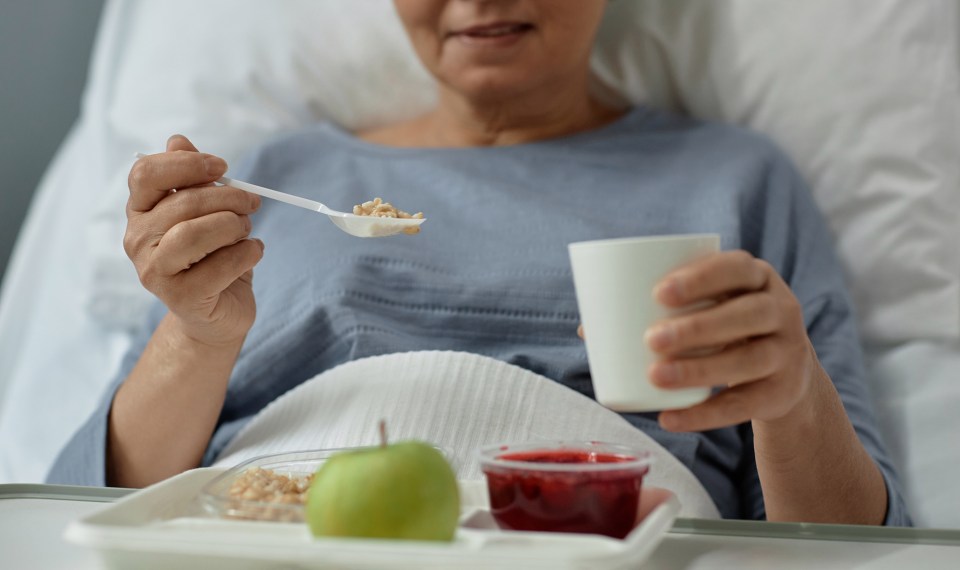Kick your sugar cravings and maintain a healthy weight by following these strategies
Let’s be honest, maintaining a healthy weight is much harder to do today than it was 100 years ago or even 50 years ago. It just seems a bit unfair, but we are humans and we adapt. Sometimes we just don’t adapt fast enough.
Back when we had to hunt and forage for food, our brains were perfectly suited to seeking out calorie dense foods, which was a good thing because we never knew when the next meal was coming and we had to expend a lot of energy to get a meal, so it needed to be a good one.
Now we live with food on every corner: doughnuts in meetings and candy bowls on desks. Sugar comes in so much more variety, now, too. Honey was about the only option in our foraging days; now, we’ve got sugar combined with fat and salt. Think of all the different ways we do chocolate–salted caramel, cookies, cakes, pies, pastries. It just goes on and on!
Unfortunately for us, our brains haven’t quite adapted to our abundance of food. It’s still in the pattern of seeking out calorie dense and highly rewarding food, and when the brain sees death by chocolate cake, its eyes get big and does a touch down dance–score! Think about it; lots of yummy, satisfying calories, and it didn’t involve any effort except that of you moving a fork from the plate to your mouth.
So, yes, it’s harder for us today, but not impossible. Here are some strategies to help retrain your brain:
- If you don’t buy it, you can’t eat it. The first thing you can do is keep your money in your wallet. It’s much easier to talk yourself out of buying a decadent treat than it is to stop yourself from eating it. Call someone if you need to.
- You don’t have to eat the whole thing. If your money does come out of the wallet, take up to four bites, and leave the rest. It will satisfy your cravings without sabotaging your goals. You can also share the treat with someone.
- Eat it with a meal. Making dessert part of a meal allows the fat, protein and fiber from the meal to slow the release of sugar into the bloodstream, so you don’t end up with roller coaster blood sugar where it goes high and then comes crashing down, leaving you with more cravings for sugar.
- Get your sugar fix with healthier options. Try berries and whipped cream, a kid-size scoop of ice cream with cinnamon, frozen grapes, frozen bananas dipped in dark chocolate (at least 70 percent cacao) or apples stir fried in butter with cinnamon and ginger. You’ll get some nutrients with these treats, and they will help cut cravings for more extreme desserts.
- Create barriers. If you want a treat, make it yourself instead of buying it premade. This helps you expend a few extra calories in obtaining it and allows you to control the ingredients, so you can use healthier fats, reduce the sugar and use more nutritive sweeteners. Plus, if you have to make it, you might just decide to do without. Another barrier you can set up is cost. Get more nutritive sweeteners like honey, maple syrup, molasses, coconut sugar and date sugar. These are more expensive than white sugar, which can help to cut down on the amount of sweets you eat.
If you just can’t resist the sweet treats, examine your diet. You might not be getting enough salt and fat. Make sure you add some salt to your foods and include fat with your meals. You can also try salty snacks like olives or pickles.
If nothing seems to work, you can talk to your healthcare provider about using supplements to help. For example, L-glutamine is an amino acid that can curb sugar cravings. Another supplement your healthcare provider may suggest is gymnemma, an herb that makes sugar taste terrible. Always talk to your healthcare team before trying any supplement.
Another supplement to try is gymnemma. This is an herb that makes sugar taste terrible. It comes in pill form, but you can also grow it and chew on the leaves. If you put a leaf in your mouth and then eat something sweet, you may just spit it out because it won’t taste good.
It might take some practice and a few strategies, but you can get the upper hand when it comes to sugar.
The content of this site is for informational purposes only and should not be taken as professional medical advice. Always seek the advice of your physician or other qualified healthcare provider with any questions you may have regarding any medical conditions or treatments.



